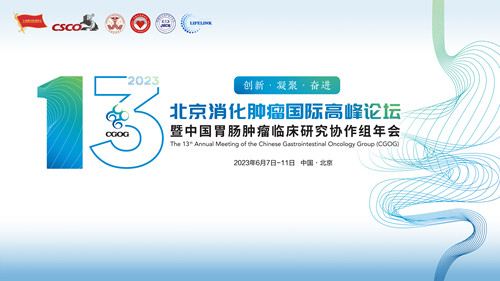替扎尼定用于腹股沟疝修补术后急性疼痛的治疗:一项安慰剂对照的双盲试验
Tizanidine for the management of acute postoperative pain after inguinal hernia repair: A placebo-controlled double-blind trial Yazicioğlu, Dilek; Caparlar, Ceyda; Akkaya, Taylan; Mercan, Umit; Kulao
Tizanidine for the management of acute postoperative pain after inguinal hernia repair: A placebo-controlled double-blind trial
Yazicioğlu, Dilek; Caparlar, Ceyda; Akkaya, Taylan; Mercan, Umit; Kulaçoğlu, Hakan
BACKGROUND: α2-Agonists are used postoperatively as a component of multimodal analgesia. Tizanidine is a centrally acting α2-agonist with muscle relaxant properties.
OBJECTIVE: The aim of this study was to compare the efficacy of tizanidine with placebo in terms of postoperative pain scores, analgesic consumption, return to daily activity and health-related quality of life.
DESIGN: A randomised double-blind study.
SETTING: Diskapi Yildirim Beyazit Training and Research Hospital.
INTERVENTIONS: After obtaining ethical approval and informed patient consent, 60 patients undergoing inguinal hernia repair under general anaesthesia were randomly allocated into one of the two groups. The patients in Group T received tizanidine 4 mg orally 1 h before surgery and twice daily during the first postoperative week. The patients in Group P received the same treatment with a placebo pill. Both the groups received a standard analgesic treatment regimen comprising intravenous dexketoprofen 25 mg prior to induction of anaesthesia, dexketoprofen 25 mg orally three times daily for 1 week and intravenous paracetamol 1 g at the end of surgery. Supplemental analgesia was provided with paracetamol if the visual numerical rating scale (NRS) was at least 4 cm.
MAIN OUTCOME MEASURES: Postoperative pain was assessed using the NRS. Total analgesic consumption was determined. Return to normal daily activity was evaluated using a five-point daily activity score after the first postoperative week, and health-related quality of life was evaluated using the short form-36 one month after surgery.
RESULTS: The patients in Group T had significantly lower NRS pain scores than those in Group P 6, 12 and 24 h postoperatively both at rest and during movement (P < 0.001), and on postoperative days 1, 2, 3 and 4. The analgesic consumption was also lower in patients who received tizanidine. Ten patients (33%) in Group T and 23 patients (77%) in Group P consumed supplemental paracetamol (P < 0.001) after discharge. The daily activity score was lower in Group T than in Group P (P < 0.001), and the short form-36 scores were significantly different in the pain dimension [74 (74 to 100) in Group T and 74 (31 to 80) in Group P, (P < 0.001)] and in the physical component summary score.
CONCLUSION: The addition of tizanidine to the postoperative pain therapy after herniorrhaphy decreased postoperative pain and analgesic consumption and improved return to normal activity and quality of life.
TRIAL REGISTRATION: ClinicalTrials.gov NCT02016443 (10 October 2013, Principal investigator D. Yazicioğlu).
European Journal of Anaesthesiology:






